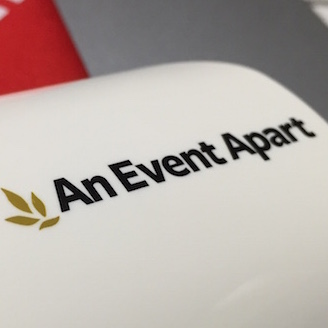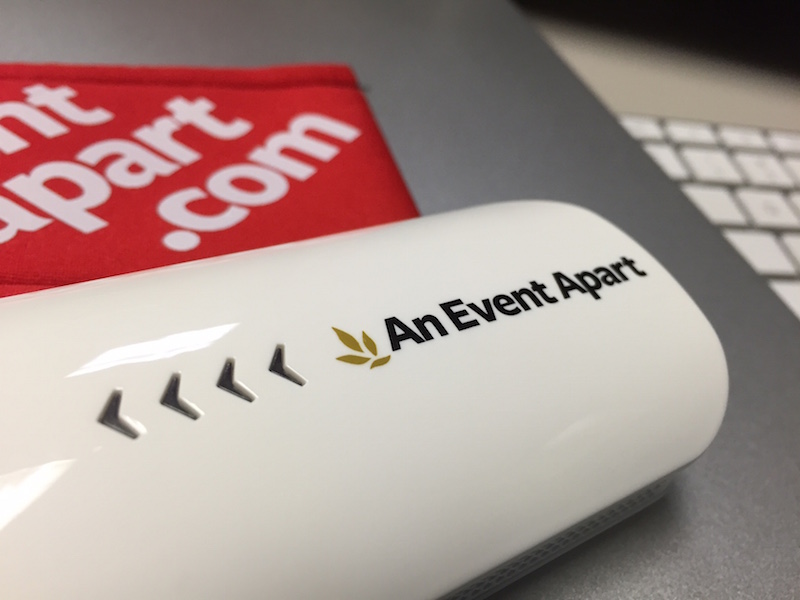
Takeaways from An Event Apart 2015
Three Strategic Americans attended An Event Apart in Chicago recently. The conference spoke to new tricks in CSS, the importance of usability and thinking beyond the device. Read the short paragraphs below on the takeaways!
Bri Boysen, project manager of websites
Why build a website at all? Who is actually reaping the most benefit? I hope your customers come to mind. And if you don’t know what they want, it’s time to figure that out. Identifying your website’s top four tasks should be the outcome of a successful discovery phase. These are the things your customers come to your website for, and the things they expect to accomplish. After attending AEA, I’m energized to fine-tune these important details with clients as the project begins. When expectations are clear upfront, the only thing to do is get the job done. Smiles all around!
Jami Sinclair, designer of websites
A resounding message we heard at AEA—make your content work everywhere! That makes sense, but what does it actually mean when you are designing a User Interface (UI)? These tips helped me wrap my head around the idea:
- Get away from container-first thinking and treat your content as a network that can be rearranged appropriately for the platform. Then beyond the platform, focus on the user, their preferences, behavior, location, etc.
- Start from the foundation and use progressive enhancement to enrich the experience as the device allows for more capabilities.
- Simplify your content. Identifying the most critical parts of your site is going to make it easier to plan for a user browsing it on a watch or on a smart TV.
I hope to take these approaches and design a more adaptable UI that’s focused on the user.
My Bach, designer and coder of websites
From the perspective of a designer who’s ready to change gears into the front-end world, AEA brought me many valuable insights.
- The progressive enhancement strategy: use the most innovative CSS and Javascript while developing the core content, but have an appropriate fallback for older, non compatible browsers. With this in mind, your site will work perfectly in any browser, platform or screen-size, and the gap from device to device will be easier to manage in the future. What does this mean for your clients? A huge savings in technical updates to the site, and a savings in time and budget to upgrade the site’s most important feature—content.
- It’s official: animation has shifted to CSS3 and Javascript-land with the widespread usage of HTML5. Flash is dead. We are ready to get on the Google’s bandwagon to welcome this new era.
- Speaking of responsive, nothing is as exciting as trying out the CSS layout module Flex Box. It allows dynamic layout in the most efficient way possible.
- Last but not least, the age of SVG (a.k.a. vector graphics) aims for pixel-perfect display and pushing the boundary of responsive design. It’s happening right as the flat-design trend is still going strong, providing the perfect material for CSS animation.




